Smaller Spiralian Phyla
1/21
There's no tags or description
Looks like no tags are added yet.
Name | Mastery | Learn | Test | Matching | Spaced |
|---|
No study sessions yet.
22 Terms
What is the phylum name for ribbon or proboscis worms?
Phylum Nemertea (Rhynchocoeia)
How many species of Nemertea are there?
About 900 species
What is a defining feature of Nemertea worms?
They have an extending proboscis held in a sheath (rhynchocoel).
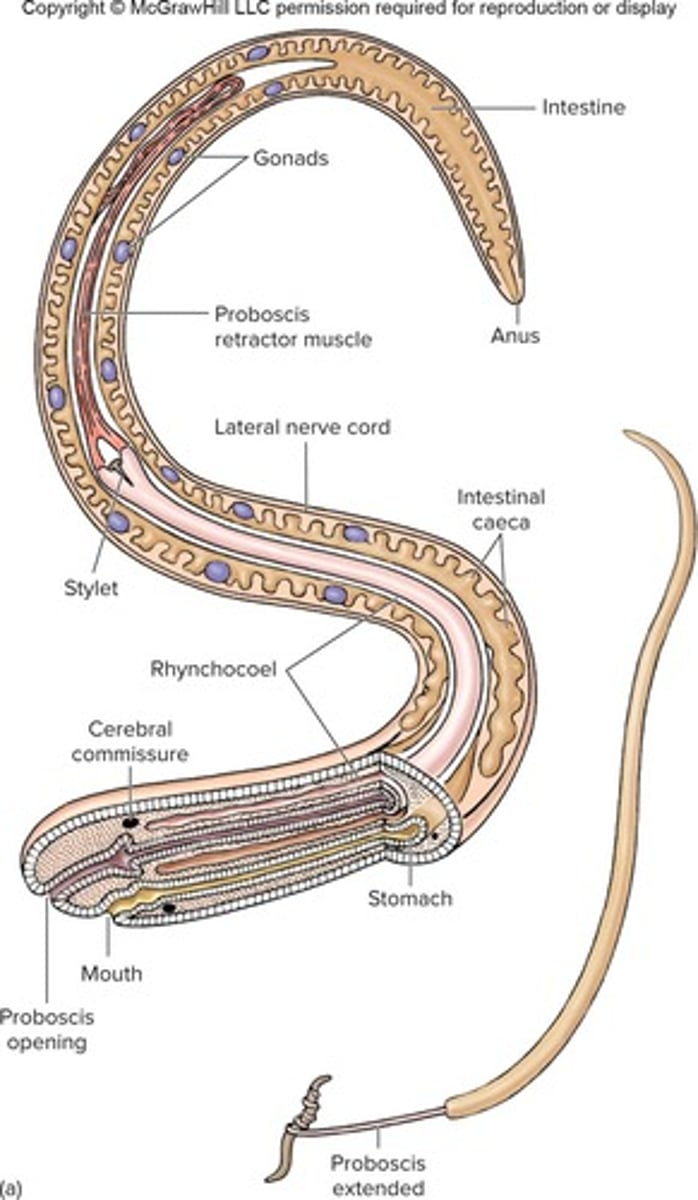
What is the size range of Nemertea worms?
From a few mm to 30 m in length.
Describe the digestive and circulatory systems of Nemertea.
They have a complete, one-way digestive system and a closed circulatory system with no heart.
What type of reproduction do Nemertea worms exhibit?
They are dioecious with external fertilization and have ciliated larvae.
What is the phylum name for gastrotrichs?
Phylum Gastrotricha.
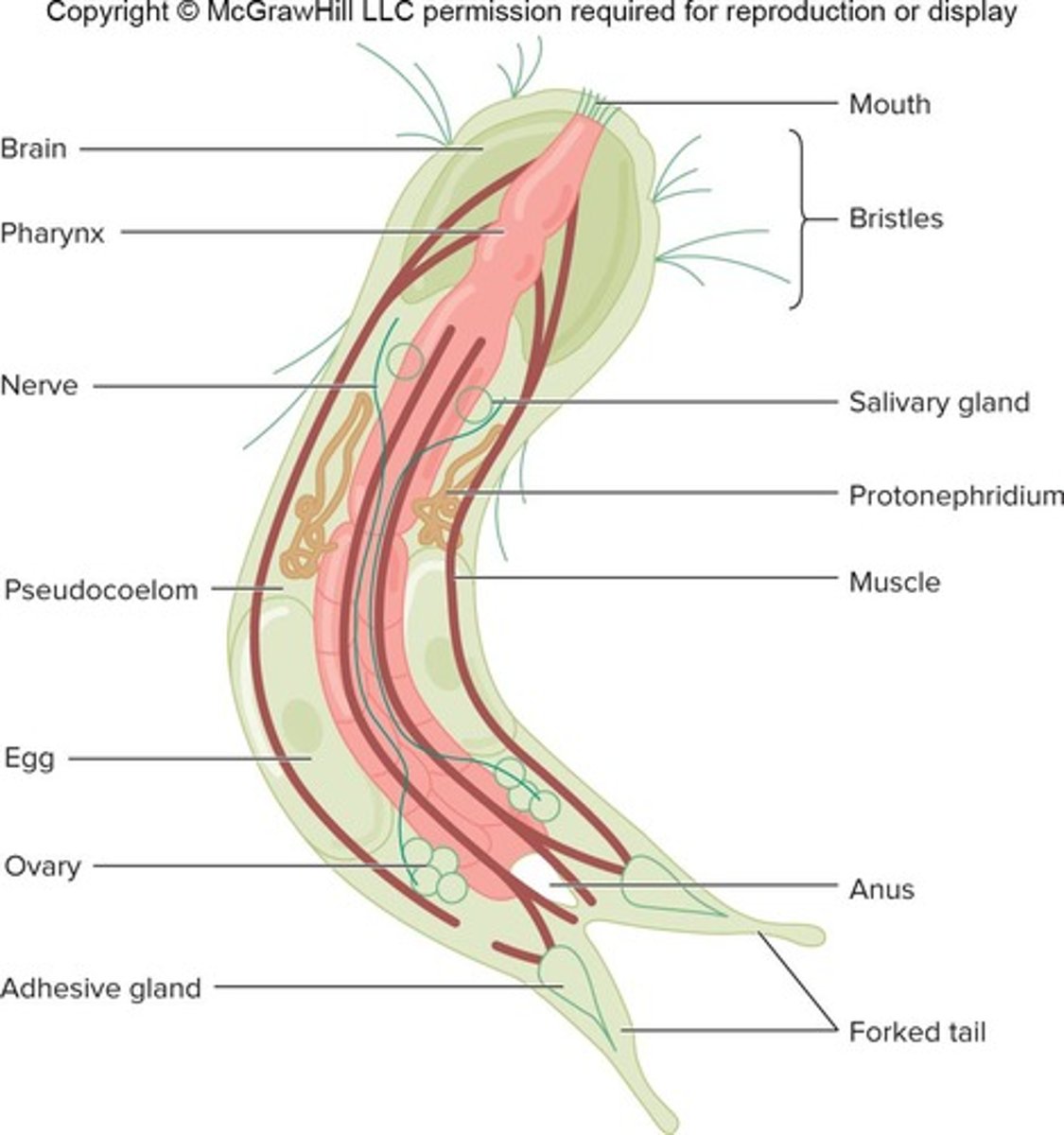
What are the typical habitats of Gastrotricha?
They inhabit interstitial spaces at the bottom of oceans or lakes.
What is a common reproductive method for freshwater Gastrotricha species?
Most reproduce asexually by parthenogenesis.
What are the characteristics of Ectoprocta (Bryozoa)?
They are sessile, colonial individuals referred to as zooids, living in marine and freshwater, and are filter feeders.
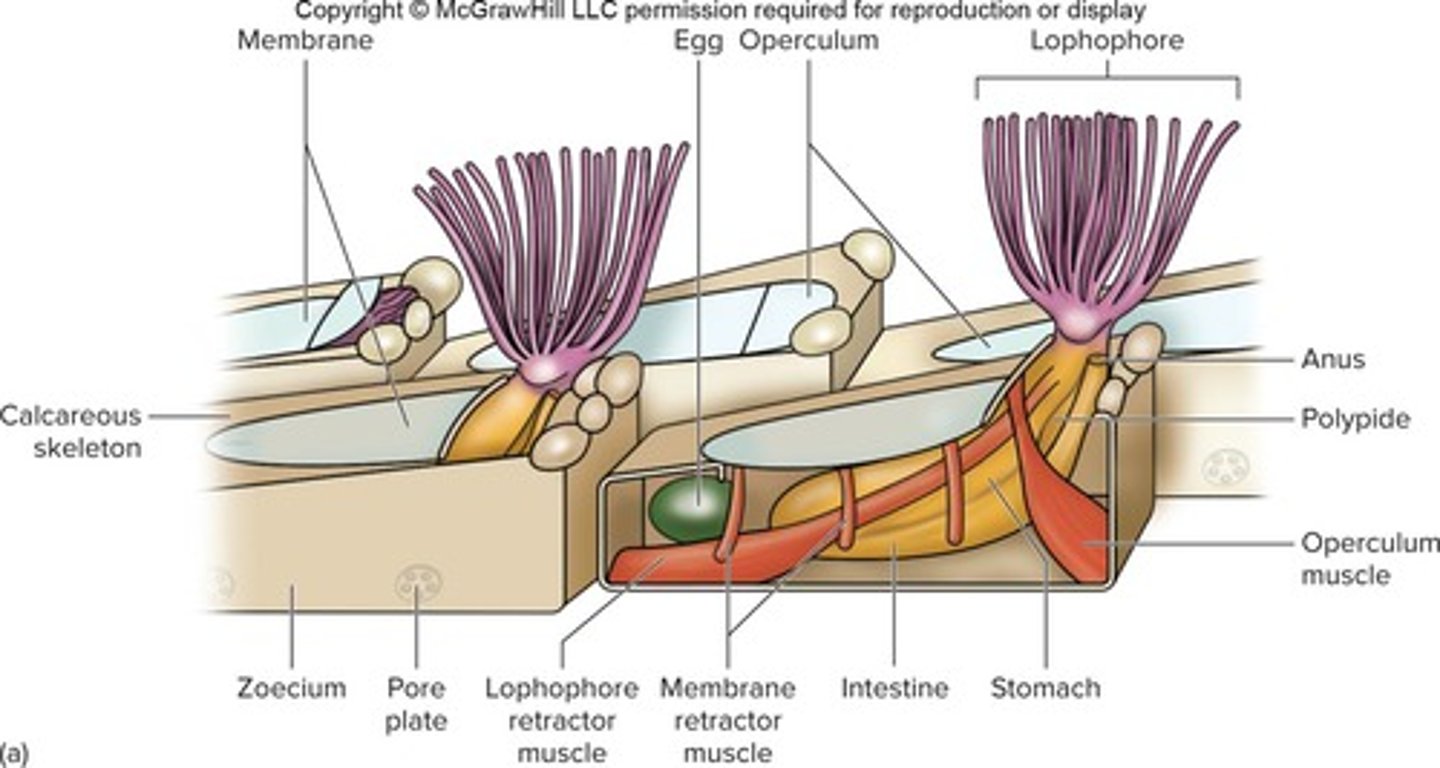
What is the significance of the exoskeleton secreted by zooids in Ectoprocta?
It may be calcified, chitinous, or gelatinous, and they can be reef builders.
What is the size of Cycliophora and when were they discovered?
They are 0.3 mm long and were discovered in 1995.
What is unique about the reproductive cycle of Cycliophora?
Their sexual reproduction is aligned with lobster molting.
What does the phylum Syndermata include?
It formally contained the phyla Rotifera and Acanthocephala.
What are Acanthocephala commonly known as?
Spiny-head worms.
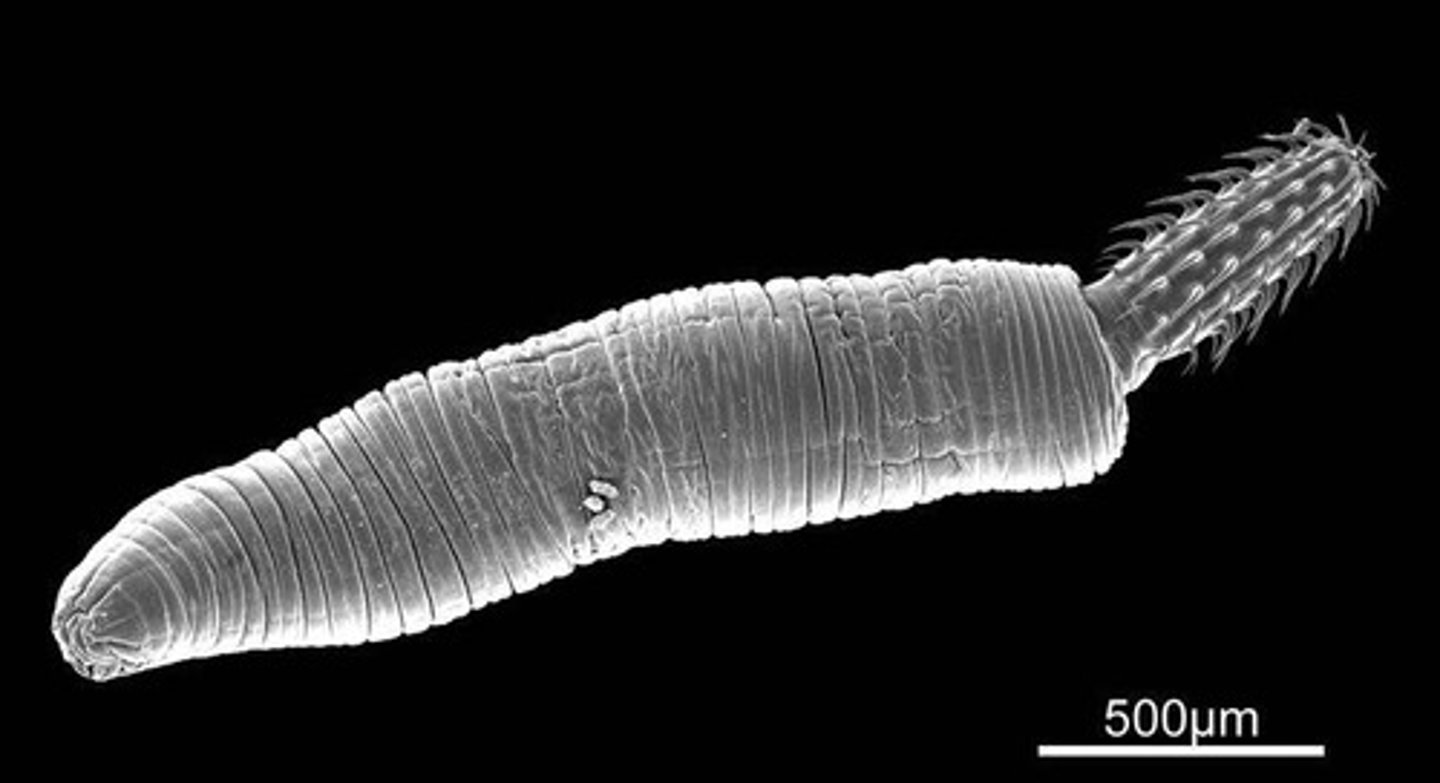
What is the habitat and lifestyle of Acanthocephala?
They are endoparasites of mammals, birds, and fish, with crustaceans and insects as intermediate hosts.
What is a notable feature of Acanthocephala's anatomy?
They have a tegument, are dioecious, and have a high biotic potential.
What is the size range of Rotifera?
They range from 0.1 to 3 mm in length.
What are the main characteristics of Rotifers?
They are triploblastic, bilateral, unsegmented, pseudocoelomate with a complete digestive system.
What is the function of the corona in Rotifers?
It is a ciliated organ at the anterior end used for feeding.
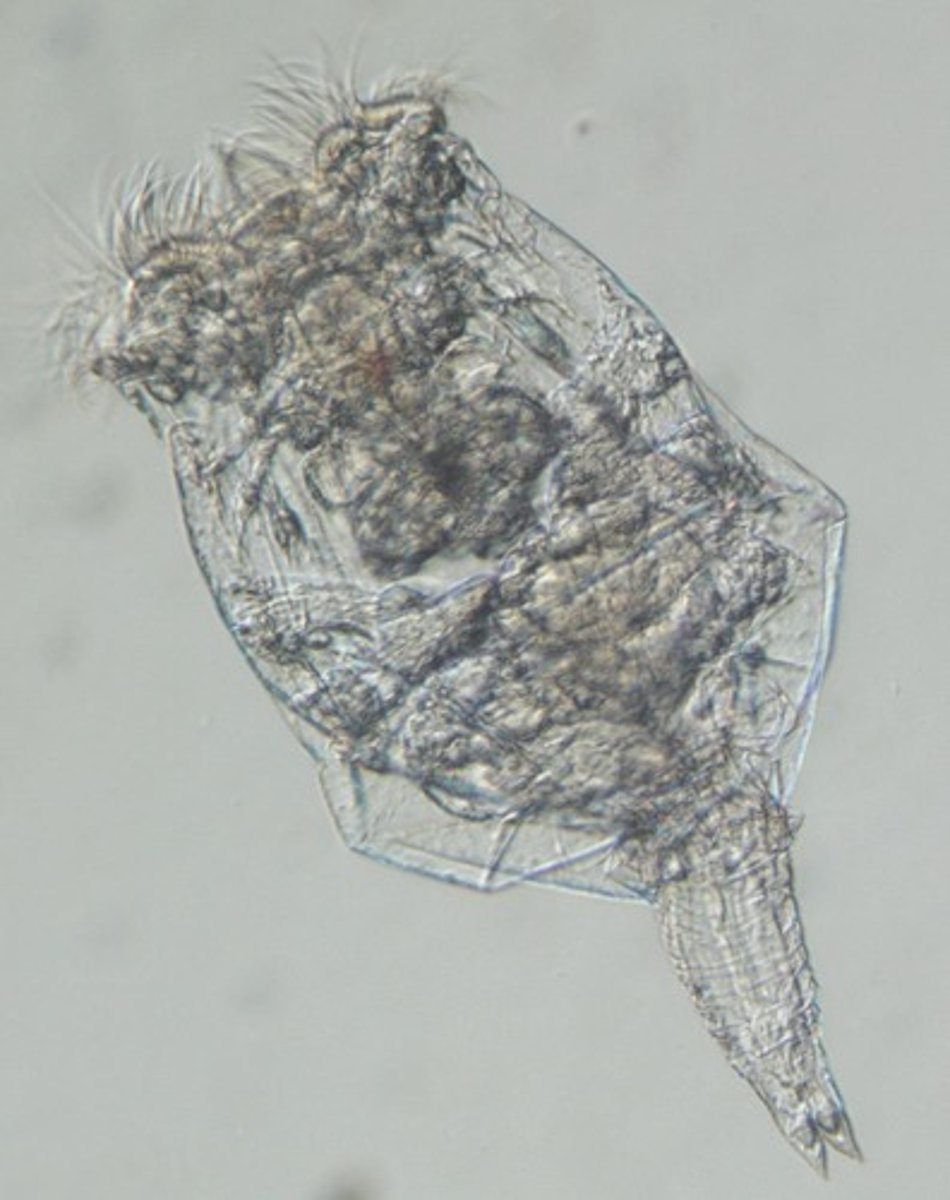
What is Micrognathozoa known for?
They are small jawed organisms discovered in 1994, averaging 0.1 mm in length.
What is the reproductive method of Micrognathozoa?
Reproduction is rotifer-like, primarily through parthenogenesis.